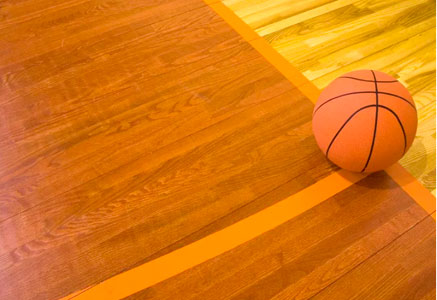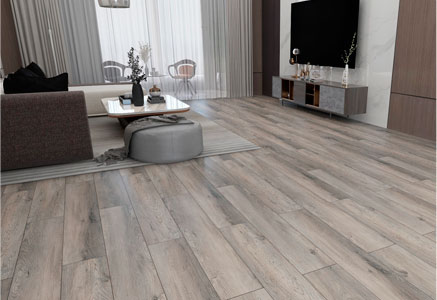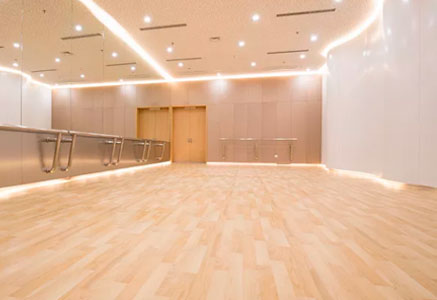EN
SPC flooring has had a huge impact on human life since its birth. It is made of natural marble powder, forming a solid base with high density and high fiber mesh structure, covered with a super wear-resistant high molecular PVC wear layer, gradually favored by consumers.
SPC flooring has realistic and beautiful lines, is super abrasion-resistant, and has a bright and non-slip surface, making it a model of high-tech new materials in the 21st century!
SPC flooring vs. carpets:
Different compositions and production processes: Carpets are ground coverings made of natural fibers such as cotton, hemp, wool, silk, grass, or chemical synthetic fibers, knitted, tufted, or woven by hand or machine.
Different performance and maintenance: Carpets are flammable, afraid of fire, water, and moisture, and are very difficult to maintain. They are prone to dirt and can breed bacteria. SPC flooring is fire-resistant, damp-proof, and easy to care for. Wiping it with a cloth is enough. It has good stain resistance and has antibacterial effects.
SPC flooring vs. tiles:
Different compositions and production processes: Tiles are acid-resistant ceramic or stone building or decorative materials formed by grinding, mixing, pressing, glazing, and sintering with refractory metal oxides and semimetal oxides. Their raw materials are mostly mixed from clay and quartz sand, etc.
Different performance and maintenance: Tiles are not slip-resistant and have a cold texture, making them difficult to maintain, and they are prone to dirt. SPC flooring, on the other hand, is environmentally friendly, wear-resistant, and easy to maintain.
Different installation: Tiles are heavy, making installation difficult, and once installed, they are difficult to move and cannot be reused. SPC flooring is lightweight and easy to install. It can be laid directly on the original floor without compressing the space, making it suitable for retrofitting in old buildings.
SPC flooring vs. stone materials such as marble:
Stone is very heavy, which brings a lot of burden to transportation and construction, especially for the main structure of high-rise buildings, which can cause huge damage.
Stone is easy to slip when wet and has a cold texture.
Marble is expensive.
SPC flooring vs. wooden flooring:
Wooden flooring can be roughly divided into three categories: solid wood flooring, solid wood composite flooring, and laminate flooring.
Solid wood flooring is a natural material with irreplaceable advantages of synthetic materials. It is non-toxic, odorless, comfortable to the touch, warm in winter and cool in summer. However, it is expensive, requires a large amount of hardwood resources, and is difficult to maintain (afraid of fire, water, and moisture). Its size changes significantly with the direction of width.
The appearance of solid wood composite flooring has the same beautiful wood grain as solid wood flooring, with good size stability, easy laying, and maintenance, but it still cannot get rid of the fear of fire, water, and moisture. It is less environmentally friendly and wear-resistant than SPC flooring.
Laminate flooring is made of medium-density or high-density fiberboard and particleboard, with a wear-resistant material impregnated decorative paper on the surface, ensuring good wear resistance, scratch resistance, and stain resistance, and it is less subject to cigarette burns. Compared with the first two types, it has a large gap with the super wear-resistance and stain resistance of SPC flooring.
SPC flooring vs. plastic floor covering:
Plastic floor covering and SPC flooring are not the same product. Although some people call it floor covering or plastic flooring, they have actually confused two types of flooring.
Plastic flooring is a very low-end product, mainly composed of plastic, afraid of fire, and easy to age, with a short service life.
SPC flooring vs. bamboo flooring:
Bamboo flooring is also made by processing natural bamboo, which is environmentally friendly. But bamboo flooring is also afraid of water, fire, and moisture, sensitive to indoor temperature and humidity, prone to expansion, deformation or shrinkage and cracking, and even moldy.
The surface of bamboo flooring is painted, with poor wear resistance and scratch resistance.
Bamboo flooring requires frequent waxing and maintenance, with poor corrosion resistance.


